Advertisement
Glacier National Park in northern Montana is one of the most awe-inspiring natural destinations in the United States. With over a million acres of preserved wilderness, rugged alpine peaks, glacial valleys, and hundreds of miles of trails, the park offers an unforgettable experience for nature lovers, hikers, photographers, and outdoor enthusiasts.
For first-time visitors, the landscape may feel vast and overwhelming at first glance. This guide is designed to help new travelers prepare for their adventure with practical, focused solely on travel logistics, natural features, outdoor activities, and safety.
Most visitors begin their journey by arriving at Glacier Park International Airport in Kalispell, Montana, which lies about 30 miles from the park’s western entrance. Those driving from nearby cities like Missoula or Spokane will find scenic routes leading into the park with designated entry points on both the west and east sides.
Amtrak also stops at the West Glacier and East Glacier stations, which can be a unique and scenic way to arrive. However, once inside the park, having a personal vehicle or using the seasonal shuttle service is essential for navigating between key areas, particularly during peak summer months when parking can be limited at popular trailheads.
In addition to a general park pass, Glacier National Park operates a vehicle reservation system for specific areas during the busy summer season. Timed-entry permits are required for access to sections like Going-to-the-Sun Road, North Fork, and Many Glacier.
These reservations are separate from the standard entrance pass and must be made online in advance. Each reservation applies to a specific region and allows entry for one vehicle during a designated time window. Visitors without a vehicle reservation can still enter early in the morning or later in the evening, depending on availability.

Accommodations inside and near Glacier National Park range from historic lodges and rustic cabins to modern motels and scenic campgrounds. Popular areas for first-time visitors include:
Campgrounds are available at numerous locations within the park, but many operate on a reservation system and fill up well in advance. Those seeking more flexibility or amenities might consider staying just outside the park boundaries.
While Glacier is open year-round, most first-time travelers visit between late June and mid-September, when Going-to-the-Sun Road is fully open and higher-elevation trails are snow-free.
July and August provide the warmest temperatures, long daylight hours, and clear visibility. However, these months also bring peak visitor numbers, so early starts and weekday travel are recommended to avoid congestion. September offers fewer crowds, cooler temperatures, and the start of fall foliage. For first-timers, this month can be an ideal balance of access and solitude, though weather changes quickly.
No visit to Glacier is complete without traveling the Going-to-the-Sun Road, a 50-mile route crossing the Continental Divide and connecting the park’s east and west sides. This scenic highway features alpine overlooks, deep valleys, and trail access to many of the park’s most iconic hikes.
Key stops along the route include:
Because this road is extremely popular, many visitors choose to take the park’s free shuttle system, which runs during the summer season and allows for hop-on, hop-off access at major points.
With more than 700 miles of trails, Glacier has something for every ability level. New visitors should consider starting with a mix of easy and moderate trails to get familiar with the terrain and elevation.
Hikers should always carry essentials, including water, sun protection, trail maps, and layers of clothing, due to unpredictable weather.
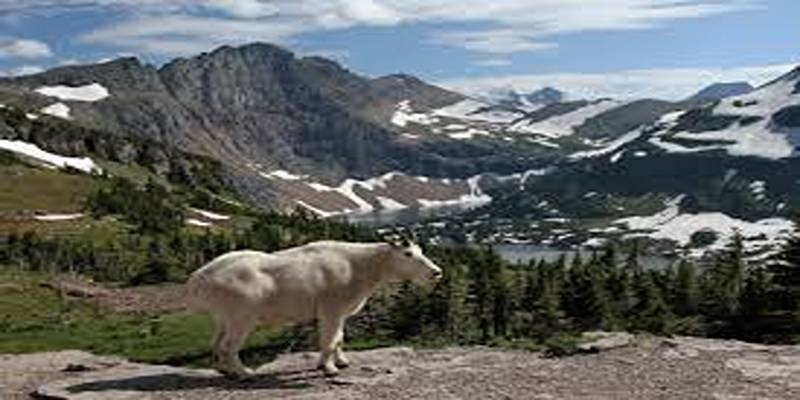
Glacier National Park is home to diverse wildlife, including black bears, grizzly bears, moose, mountain goats, and marmots. For safety, it’s recommended to hike in groups, make noise on the trail, and carry bear spray—easily accessible, not packed away. Visitors should also respect trail closures due to bear activity or snow hazards and always store food in approved bear-proof containers.
Even in summer, conditions can shift rapidly. Afternoon thunderstorms are common, and high-elevation hikes may expose visitors to strong winds or cold temperatures. Having a reliable rain layer, warm fleece, and gloves in a backpack is not excessive planning—it’s smart and necessary.
For first-time visitors, Glacier National Park is both thrilling and humbling. Its sweeping landscapes, crystal-clear lakes, and rugged trails reward every level of outdoor interest. With smart planning, proper gear, and an understanding of the park’s unique access requirements, new travelers can enjoy a smooth, unforgettable journey through one of America’s most scenic natural wonders. By focusing on responsible recreation, safety, and flexibility, a first visit to Glacier becomes not just a trip, but the beginning of a deeper connection to nature and adventure.
Advertisement

How your state affects pet insurance costs, from veterinary fees and local laws to regional risks. Learn what drives premiums and how to choose the right plan
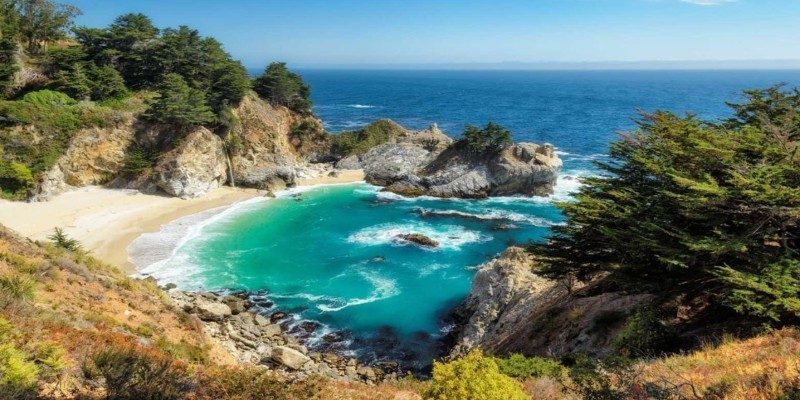
Explore the best day trips from San Francisco with this detailed guide. Discover coastal views, redwood forests, and charming small towns perfect for quick escapes
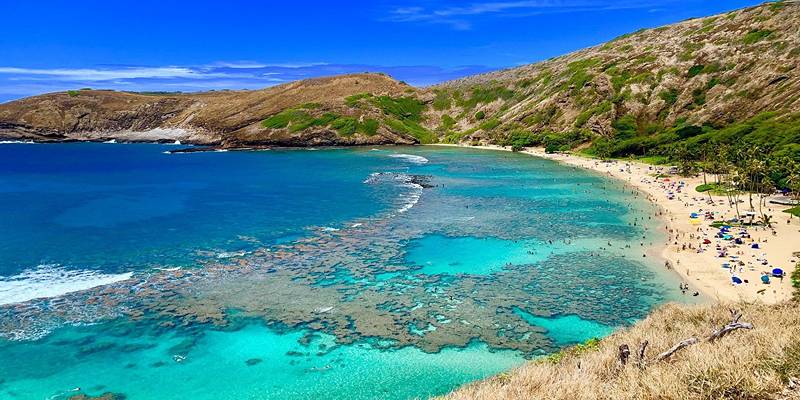
Discover the top 12 things to do in Honolulu, from scenic hikes to markets, coastal walks, and tropical garden visits.
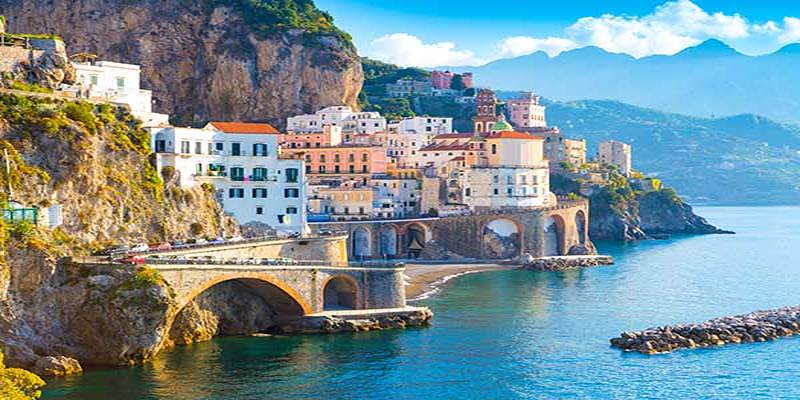
Discover 11 scenic and stress-free day trips from Rome, from lakes and spas to hill towns and beach escapes.
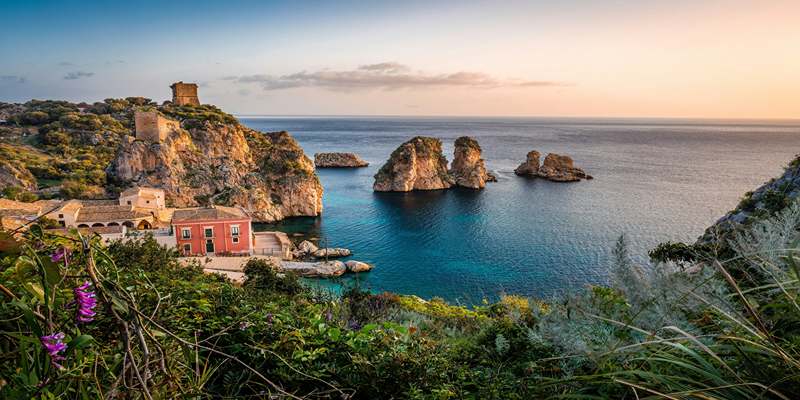
Experience the beauty of Sicily with hikes leading to beaches, castles, and volcanoes.

Want to teach your kids about investing but don’t know where to start? This clear, practical guide helps parents build a strong financial foundation early—no jargon, just real-life steps that work
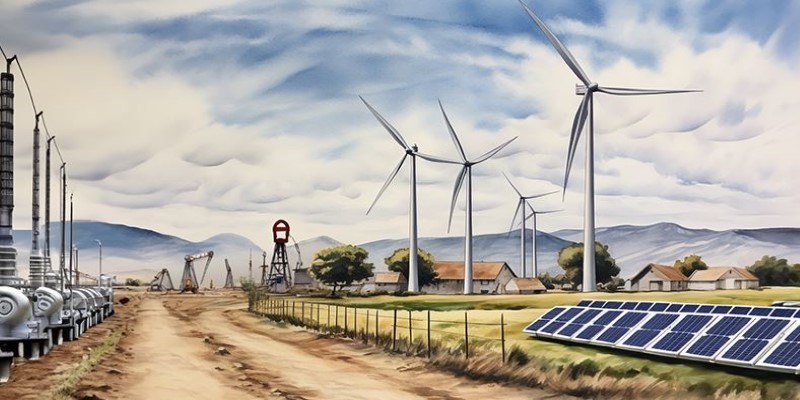
Discover the best energy stocks to buy in India 2023, featuring top companies leading the charge in renewables, power, and sustainable energy growth
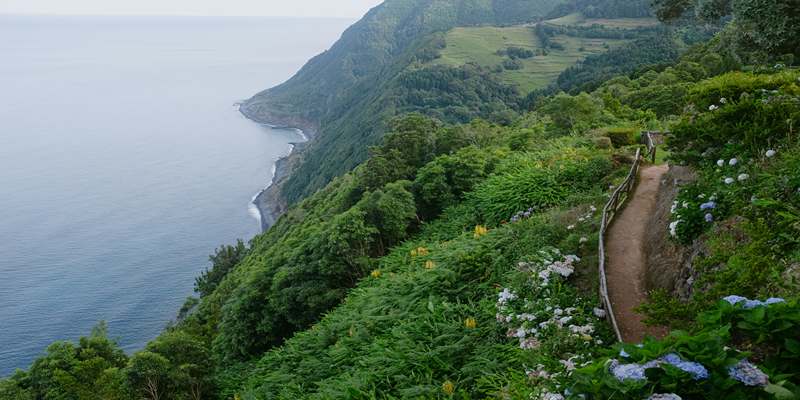
Hike the Azores with our guide to the best scenic trails, views, and island adventures.
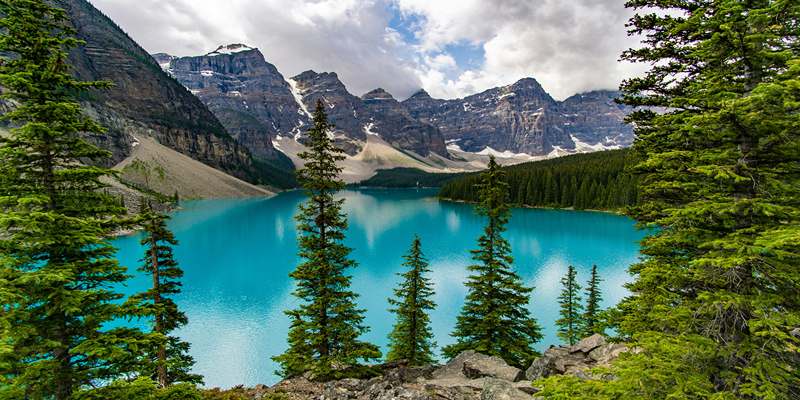
Discover the prettiest places across Canada, from lakes and cities to wild mountain ranges.

How to make changes to your 401(k) contributions with this easy-to-follow guide. Understand when, why, and how to update your plan to stay aligned with your financial goals

How to deposit cash into someone else’s account using safe and approved methods. This guide covers shared accounts, ATMs, and money order options for secure transactions

How to calculate savings account interest with clear, simple steps. Understand how your balance, rate, and compounding affect your earnings, and use a savings interest calculator for quick estimates